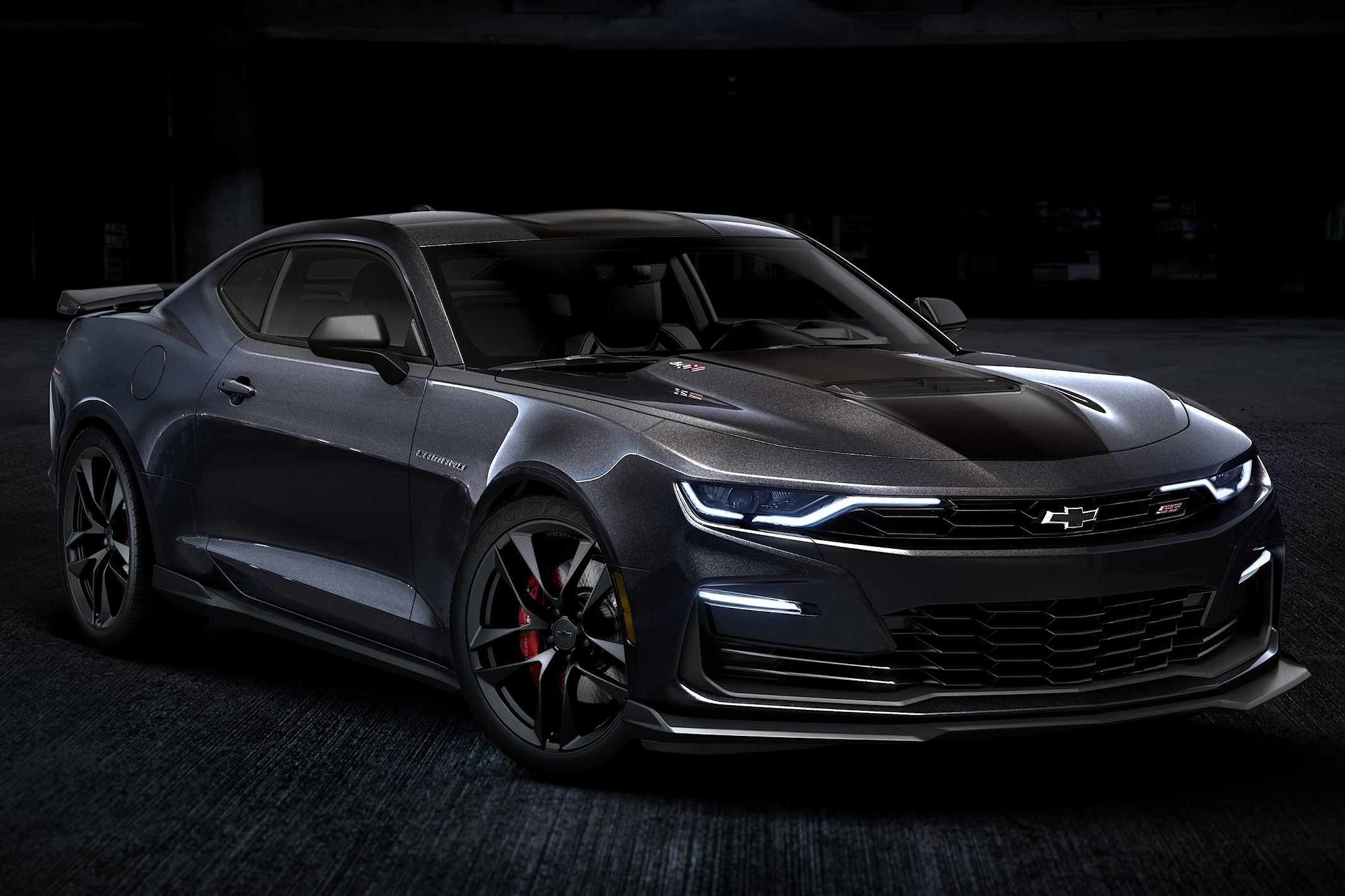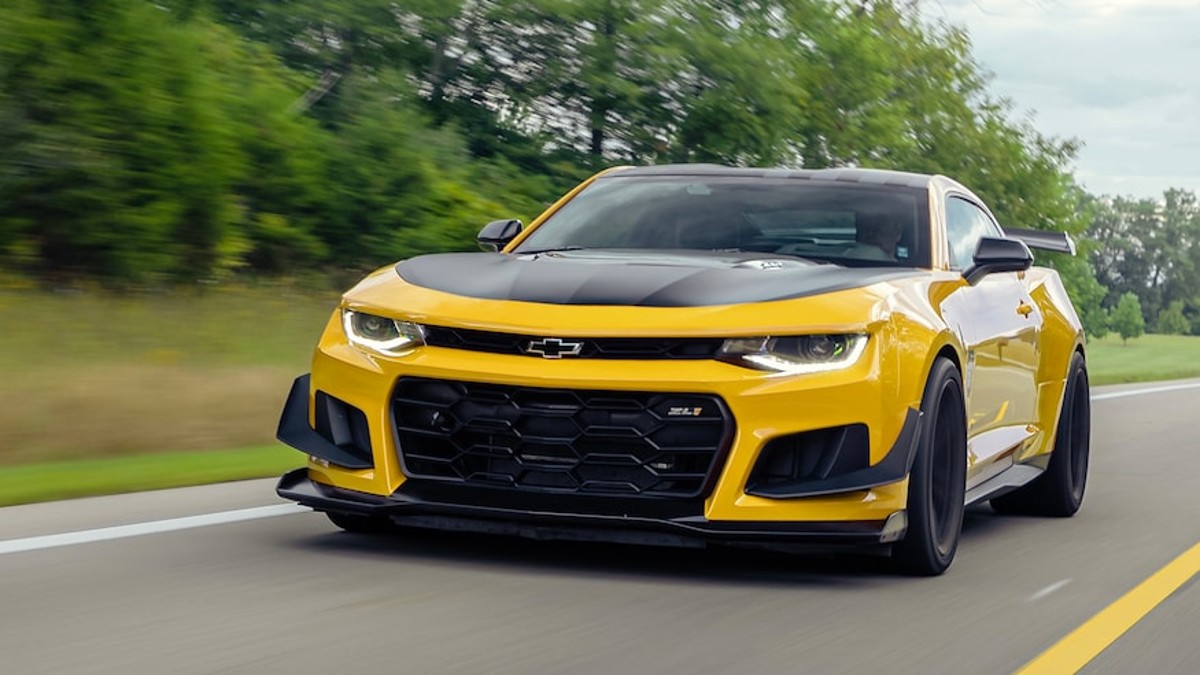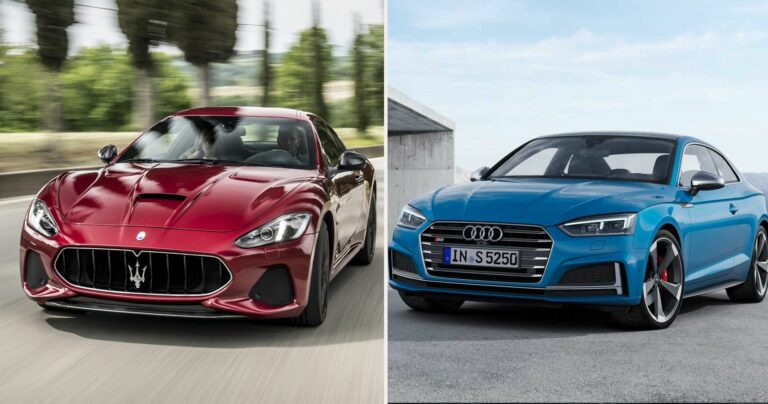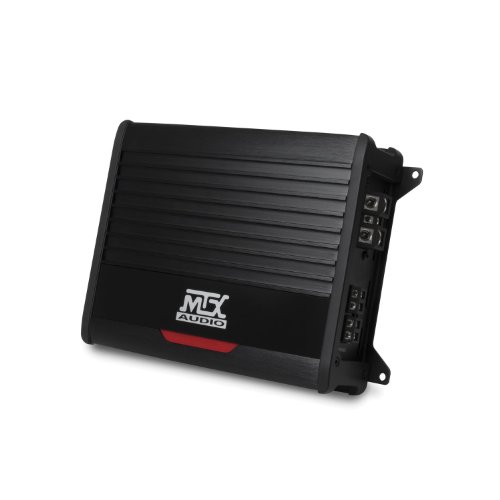The Enduring Legacy: Exploring the Chevrolet Camaro Car Brand
The Enduring Legacy: Exploring the Chevrolet Camaro Car Brand cars.truckstrend.com
In the pantheon of American automotive icons, few names evoke the same blend of raw power, aggressive styling, and nostalgic reverence as the Chevrolet Camaro. More than just a car, the Camaro has evolved into a cultural phenomenon, a symbol of American muscle, and a thrilling driving experience that has captivated enthusiasts for generations. While technically a model line under the vast Chevrolet marque, the Camaro has forged such a distinct and powerful identity that it is often discussed and perceived as a "brand" in its own right – a testament to its singular impact on the automotive landscape. From its inception as a fierce competitor in the pony car wars of the 1960s to its modern-day reincarnation as a sophisticated performance machine, the Camaro has consistently pushed boundaries, offering an intoxicating blend of performance, design, and accessibility. This article delves deep into the essence of the Camaro, exploring its storied history, defining characteristics, diverse offerings, and what it truly means to own a piece of this enduring legend.
The Genesis of an Icon: A Brief History of the Camaro
The Enduring Legacy: Exploring the Chevrolet Camaro Car Brand
The story of the Chevrolet Camaro begins in the mid-1960s, a period marked by intense competition in the burgeoning "pony car" segment, spearheaded by the wildly successful Ford Mustang. Chevrolet’s answer, unveiled in September 1966 for the 1967 model year, was the Camaro. Its name, derived from a French word meaning "comrade" or "pal," was cleverly described by Chevy executives as "a small, vicious animal that eats Mustangs." This aggressive positioning immediately set the tone for a rivalry that would define an era of automotive performance.
First Generation (1967-1969): The Original Muscle
The inaugural Camaro featured a clean, sporty design available as a coupe or convertible. It offered a wide range of engine options, from inline-sixes to potent small-block and big-block V8s, including the legendary Z/28 for road racing and the COPO (Central Office Production Order) models for drag racing. Its immediate success solidified its place as a formidable challenger.
Second Generation (1970-1981): Euro-Inspired Evolution
A significant redesign marked the second generation, with a larger, more European-influenced body style. While initial years continued with strong performance, the oil crisis and stricter emissions regulations of the mid-to-late 70s led to a decline in horsepower. However, this generation maintained its popularity, evolving into a grand tourer with iconic split-bumper and later, larger bumper designs.
Third Generation (1982-1992): Modernity and Aerodynamics
The third-generation Camaro embraced modern design with a sleek, aerodynamic body, including a distinctive large glass hatchback. It introduced fuel injection, five-speed manual transmissions, and four-speed automatics. Performance began to rebound with the return of powerful V8 options like the IROC-Z, making it a favorite for its sharp handling and contemporary aesthetics.
Fourth Generation (1993-2002): Performance Peak and Hiatus
The fourth generation saw a radical, more aggressive design with composite body panels and improved aerodynamics. Powered by the potent LT1 and later the LS1 V8 engines, this generation reached new heights in performance, offering impressive horsepower and handling. Despite its capabilities, declining sales led to the Camaro’s production hiatus in 2002, leaving enthusiasts longing for its return.
The Revival (2010-Present): A Modern Muscle Icon
After an eight-year absence, the Camaro triumphantly returned for the 2010 model year, ushering in the Fifth Generation (2010-2015). Inspired by the classic 1969 model but reinterpreted for the 21st century, its retro-futuristic design and powerful V6 and V8 engines (including the SS and ZL1) quickly re-established its dominance. The Sixth Generation (2016-Present) refined this formula, moving to the lighter and more agile Alpha platform (shared with Cadillac). This generation introduced smaller, more fuel-efficient engines like the 2.0L turbocharged four-cylinder, alongside the traditional V6 and an even more powerful lineup of V8s, culminating in the monstrous supercharged ZL1. This generation continued to push performance boundaries, offering track-focused variants and advanced technology, cementing its place as a true driver’s car. However, in a bittersweet announcement, Chevrolet confirmed that the current generation Camaro will conclude production in January 2024, marking another hiatus for this legendary nameplate.
What Makes a Camaro a Camaro? Key Characteristics and Appeal
The enduring appeal of the Camaro lies in a potent combination of design, performance, and an undeniable emotional connection.

Design Philosophy: A Camaro is instantly recognizable. Its design language is consistently aggressive, muscular, and low-slung, with a wide stance and distinctive grille. Each generation has reinterpreted these core elements, from the classic proportions of the first gen to the modern, chiseled lines of the sixth. It’s a car that looks fast even when standing still, radiating confidence and power.
Performance DNA: At its heart, the Camaro is a performance vehicle. This is evident in its range of powerful engines, always driving the rear wheels for a pure, engaging driving experience. While V8s are synonymous with the Camaro, modern iterations offer highly capable V6 and turbocharged four-cylinder engines that deliver impressive acceleration and efficiency. Advanced suspension systems, powerful brakes, and precise steering contribute to its reputation as a genuinely capable handler, especially in track-focused trims like the 1LE or ZL1. It’s not just about straight-line speed; it’s about a visceral connection between driver and road.
Customization Potential: The Camaro has always been a canvas for personalization. Its robust aftermarket support means owners can tailor their cars to their exact specifications, from performance upgrades to aesthetic enhancements. This community-driven aspect adds another layer of appeal, fostering a sense of camaraderie among owners.
Driving Experience: Driving a Camaro is an experience. The roar of a V8, the precise shift of a manual transmission, and the feeling of being planted to the road contribute to an exhilarating and engaging drive. It’s a car that encourages spirited driving and rewards skill, making every journey feel special.
Relative Affordability: Historically, one of the Camaro’s key strengths has been its ability to deliver high levels of performance and iconic styling at a more accessible price point compared to exotic sports cars. This value proposition has made it attainable for a broader audience, solidifying its status as the "everyman’s muscle car."

Understanding the Camaro Lineup: Types and Trims
The modern Camaro lineup, particularly the sixth generation, offers a diverse range of options to cater to different budgets and performance aspirations.
Engine Options:
- 2.0L Turbocharged I4: (e.g., 1LS, 1LT, 2LT, 3LT) Offers 275 horsepower and 295 lb-ft of torque. Surprisingly potent and fuel-efficient, it provides a balanced daily driving experience with a sporty edge.
- 3.6L V6: (e.g., 1LT, 2LT, 3LT) Delivers 335 horsepower and 284 lb-ft of torque. A smooth and responsive engine that bridges the gap between the turbo-four and the V8, offering a more traditional "muscle car" sound and feel without the V8’s fuel consumption.
- 6.2L LT1 V8: (e.g., LT1, 1SS, 2SS) The heart of the modern Camaro, producing 455 horsepower and 455 lb-ft of torque. This is the classic V8 muscle car experience, with thrilling acceleration and an unmistakable exhaust note. The LT1 trim specifically offers this powerful engine in a more basic, value-oriented package.
- Supercharged 6.2L LT4 V8: (e.g., ZL1) The pinnacle of Camaro performance, unleashing a staggering 650 horsepower and 650 lb-ft of torque. This engine transforms the Camaro into a supercar slayer, designed for extreme track performance.
Transmission Options:
- 6-speed Manual: Available across most engine options, offering maximum driver engagement.
- 8-speed Automatic (for 2.0L Turbo): Smooth and efficient.
- 10-speed Automatic (for V6, V8): Lightning-fast shifts, optimized for performance and fuel economy.
Trim Levels (General Examples, based on recent model years):
- LS/1LT/2LT/3LT: These trims represent the entry-to-mid-range, primarily featuring the 2.0L Turbo or 3.6L V6 engines. They offer varying levels of comfort, technology, and convenience features, from basic connectivity to premium sound systems and advanced safety tech.
- LT1: A relatively new trim, the LT1 package is a game-changer, offering the full 6.2L LT1 V8 engine in a more stripped-down, value-focused body. It’s designed for those who prioritize raw V8 power without all the bells and whistles of the SS.
- SS (1SS/2SS): The iconic Super Sport trim. These models come standard with the 6.2L LT1 V8, enhanced brakes, performance suspension, and more aggressive styling. The 2SS adds premium interior materials, advanced infotainment, and additional luxury features.
- ZL1: The ultimate factory-built Camaro. Equipped with the supercharged 6.2L LT4 V8, magnetic ride control, massive Brembo brakes, advanced aerodynamics, and track-focused cooling systems. The ZL1 is engineered for extreme performance on both road and track.
- 1LE Performance Package: Available on LT, SS, and ZL1 models, this package transforms the Camaro into an even more capable track machine, adding specialized suspension components, performance tires, improved braking, and unique aesthetic touches.
Body Styles:
- Coupe: The classic two-door hardtop, offering the most rigid structure for performance.
- Convertible: A two-door soft-top, providing an open-air driving experience with slightly less structural rigidity but equal fun.
Important Considerations Before Owning a Camaro
Acquiring a Camaro is an exciting prospect, but it’s crucial to consider various factors to ensure it’s the right fit for your lifestyle.
Pros:
- Performance: Unmatched thrill, especially with V8 engines.
- Styling: Head-turning design that stands out.
- Heritage: Owning a piece of American automotive history.
- Community: Vibrant and supportive owner groups and forums.
- Resale Value: Often holds its value well, especially higher-performance trims and well-maintained examples.
Cons:
- Fuel Economy: V8 models, particularly the ZL1, can be quite thirsty.
- Rear Visibility: The aggressive, chopped-roof design limits rearward visibility, though modern tech like backup cameras and blind-spot monitors help mitigate this.
- Practicality: While a 2+2, the rear seats are very tight, best suited for small children or extra cargo. Trunk space is also limited.
- Insurance Costs: Performance cars, especially those with powerful engines, typically command higher insurance premiums.
- Maintenance: Performance tires can wear quickly, and specialized components on higher trims might lead to higher service costs.
Daily Driver vs. Weekend Warrior: A V6 or Turbo-4 Camaro can certainly serve as a comfortable and enjoyable daily driver, offering a good balance of performance and efficiency. However, a V8 SS or ZL1 might be better suited as a weekend toy or a secondary vehicle for those prioritizing raw performance and willing to compromise on daily practicality and fuel costs.
Practical Advice for Prospective Camaro Owners
If you’re considering bringing a Camaro into your life, here’s some actionable advice:
- Research Thoroughly: Understand the differences between engine options, trim levels, and available packages. Don’t just look at horsepower; consider features like magnetic ride control, Brembo brakes, and performance exhausts.
- Test Drive Multiple Configurations: Drive a Turbo-4, a V6, and a V8 if possible. Experience both manual and automatic transmissions. The "right" Camaro for you will depend on your driving style and priorities.
- Budget Beyond the Purchase Price: Factor in insurance, premium fuel (for V8s), maintenance, and potential customization costs. Get insurance quotes before you buy.
- New vs. Used: A new Camaro (especially from the final 2024 model year) offers peace of mind with warranties and the latest features. Used models, particularly from the 5th and 6th generations, can offer significant savings and a wide selection. Look for well-maintained examples with complete service records.
- Join the Community: Connect with local and online Camaro clubs and forums. Owners are a wealth of knowledge, offering advice on maintenance, modifications, and shared experiences. This community aspect is a huge part of Camaro ownership.
- Drive Responsibly: The Camaro is a powerful machine. Understand its limits and respect its capabilities. Invest in performance driving courses if you plan to explore its track potential.
Challenges and Solutions
Despite its allure, owning a Camaro can present a few challenges, but most have practical solutions:
- Challenge: Fuel Economy:
- Solution: Opt for the 2.0L Turbo or 3.6L V6 models if fuel efficiency is a primary concern. For V8 owners, embrace the "smiles per gallon" philosophy and drive efficiently when not enjoying spirited acceleration.
- Challenge: Rear Visibility:
- Solution: Modern Camaros come with standard backup cameras and available blind-spot monitors and rear park assist. Adjust your mirrors correctly, and consider aftermarket wide-angle mirrors if needed. Get comfortable with head checks.
- Challenge: High Insurance Premiums:
- Solution: Shop around for quotes from multiple insurance providers. Your driving record, age, location, and the specific trim level of the Camaro will heavily influence rates. Sometimes, bundling policies can help.
- Challenge: Practicality for Daily Use:
- Solution: If you regularly carry more than one passenger or large items, the Camaro might not be your sole family vehicle. For single individuals or couples, it’s perfectly viable. For trunk space, soft bags are easier to fit than rigid luggage.
Pricing Table: A Glimpse at the Camaro Landscape
Please note that the Camaro’s production is concluding in January 2024. Therefore, "new" models will primarily refer to the final 2024 model year inventory. Used prices vary significantly based on year, mileage, condition, trim, and market demand.
| Model/Trim (Estimated Price Range – USD) | Engine | Transmission | Key Features | Price Range (USD) |
|---|---|---|---|---|
| New (2024 Model Year) | ||||
| 1LS (Coupe) | 2.0L Turbo I4 | 6-MT / 8-AT | Entry-level, RWD, 7-inch touchscreen, LED daytime running lamps | ~$30,900 – $32,000 |
| 1LT/2LT/3LT (Coupe/Convertible) | 2.0L Turbo I4 / 3.6L V6 | 6-MT / 8-AT / 10-AT | Enhanced tech, comfort features, optional heated/vented seats | ~$33,000 – $39,000 |
| LT1 (Coupe/Convertible) | 6.2L LT1 V8 | 6-MT / 10-AT | V8 power, SS-style hood, performance suspension | ~$40,000 – $42,000 |
| 1SS/2SS (Coupe/Convertible) | 6.2L LT1 V8 | 6-MT / 10-AT | Brembo brakes, performance suspension, advanced infotainment, premium interior | ~$44,000 – $49,000 |
| ZL1 (Coupe/Convertible) | Supercharged 6.2L LT4 V8 | 6-MT / 10-AT | Magnetic Ride Control, Recaro seats, enhanced cooling, track-focused aero | ~$74,000 – $78,000 |
| Used (Recent Generations, e.g., 2016-2023) | ||||
| 1LT/2LT (V6/Turbo 4) | 2.0L Turbo I4 / 3.6L V6 | Various | Good value, daily drivable, sporty | ~$18,000 – $30,000 |
| SS (V8) | 6.2L LT1 V8 | Various | Strong performance, iconic muscle, great aftermarket support | ~$25,000 – $45,000 |
| ZL1 (Supercharged V8) | Supercharged 6.2L LT4 V8 | Various | High-performance track monster, rare and desirable | ~$45,000 – $70,000+ |
Note: Prices are approximate and highly subject to change based on market conditions, vehicle condition, mileage, optional features, and geographical location. Always verify current pricing with dealerships or reputable used car platforms.
Frequently Asked Questions (FAQ)
Q1: Is the Chevrolet Camaro still being made?
A1: The current sixth generation of the Chevrolet Camaro is scheduled to end production in January 2024. While the nameplate is entering another hiatus, Chevrolet has hinted at a potential future return, possibly as an electric vehicle.
Q2: What’s the main difference between an SS and a ZL1 Camaro?
A2: Both are high-performance V8 models, but the ZL1 is significantly more extreme. The SS features a naturally aspirated 6.2L LT1 V8 (455 hp), while the ZL1 boasts a supercharged 6.2L LT4 V8 (650 hp), along with more aggressive aerodynamic components, larger brakes, magnetic ride control, and enhanced cooling systems optimized for track performance.
Q3: Is the V6 Camaro fast enough?
A3: Absolutely. The 3.6L V6 Camaro produces 335 horsepower, which is more than many V8 muscle cars of previous decades. It offers excellent acceleration and a sporty driving experience, capable of 0-60 mph times in the low 5-second range, making it very quick for most road situations. The 2.0L Turbo is also surprisingly quick.
Q4: Can a Camaro be a daily driver?
A4: Yes, a Camaro can be a daily driver, especially the 2.0L Turbo or 3.6L V6 models, which offer better fuel economy and a more compliant ride. However, rear visibility is limited, and the rear seats are very small. For individuals or couples, it’s quite manageable.
Q5: How much does Camaro insurance cost?
A5: Insurance costs vary widely based on the specific model (V8s are generally more expensive), your driving record, age, location, and chosen coverage. Expect it to be higher than a standard sedan due to its performance car classification. It’s crucial to get quotes before purchasing.
Q6: What are common issues or things to look out for with Camaros?
A6: Common considerations include limited rear visibility, higher fuel consumption for V8s, potential for rapid tire wear on performance models, and some owners report minor interior squeaks or rattles. Generally, modern Camaros are reliable, but regular maintenance is key, especially for high-performance components.
Q7: Will the Camaro come back in the future?
A7: Chevrolet has stated that this is not the "final chapter" for the Camaro. While details are scarce, industry speculation suggests it could return as an electric performance vehicle, aligning with GM’s future electrification strategy.
Conclusion
The Chevrolet Camaro is far more than just a car; it’s a dynamic legend that has roared through the decades, adapting, evolving, and consistently thrilling drivers with its potent blend of aggressive styling, raw power, and engaging performance. From its genesis as a formidable challenger in the muscle car era to its modern-day iteration as a sophisticated, track-capable machine, the Camaro has carved an indelible mark on automotive history. While the current chapter of its gasoline-powered story concludes, its legacy as an American icon of speed, style, and accessible performance will undoubtedly endure. For those who have driven one, owned one, or simply admired its formidable presence, the Camaro remains a testament to the sheer joy of driving, a true comrade on the open road, and a powerful symbol of automotive passion that will forever eat Mustangs for breakfast. Its hiatus marks not an end, but merely a pause, leaving enthusiasts eagerly anticipating the next roar of this timeless brand.





